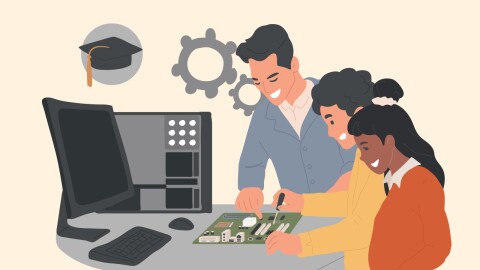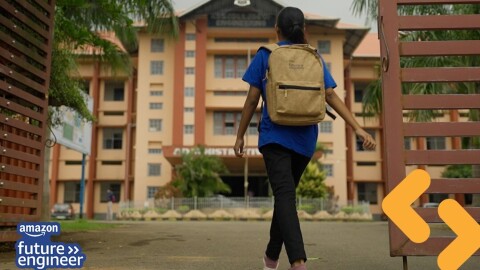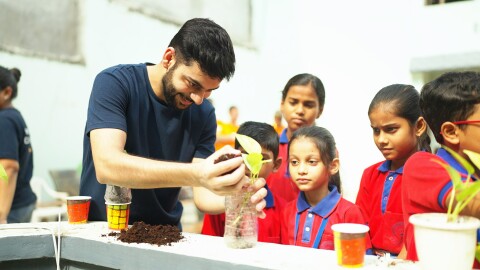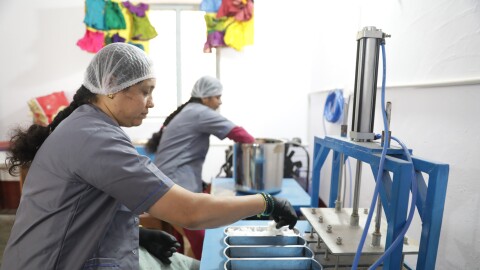The earliest impact of the COVID-19 pandemic was an univocal, nationwide school shutdown, aimed at containing the spread of the virus, especially among children. While the move provided an enormous fillip to digital drive and its rapid adoption in the education sector, for an overwhelming majority of low-income families, it also underlined the digital divide and long-standing issues of inequality. As schools implemented remote education programmes and online learning, children from vulnerable socio-economic households, with access to a single device, if at all, started falling behind. With massive disparities in access to internet and technologies, people who earn daily wages bore the brunt and their children even faced the risk of never returning to school, undoing years of progress.
Shared devices, disruptive learning
Divya, an 8th grade student from Haridwar in Uttarakhand could only access her father’s phone after he returned from his job. She shared her time with access to the device with her two siblings. Since the phone is used to connect with people at work, relatives and family as well, interruptions were frequent. This obstructed her from attending classes regularly. She could not access the curriculum that was being shared on online platforms. This experience has unfortunately not been unique to just Divya. Jatin, a 5th grade student from Delhi started slacking for lack of a device too. Jatin’s father is a driver by profession who had to double up his income somehow since the pandemic brought strict lockdowns and stay-at-home policies. Whatever work he could get required regular co-ordination, made impossible without a phone. For families who had to navigate these circumstances, the choice really seemed to be whether to continue earning a living to feed mouths or educating for a more secure future.
For some other children, determination to keep up has meant hours of cycling; going to a friend’s house or a teacher’s house to access computers and online worksheets. Ujma, a 9th grade student from Haridwar travelled to her teacher’s house while Tarun, another 8th grade student from Haridwar commuted 8 kilometres regularly to share his friend’s device. This, while Ujma’s father lost his job and the family started entirely depending on her mother’s income as a house help.
Along with a clutch of non-profit organisations, Amazon kickstarted a donation campaign, Delivering Smiles, in October 2020. The pledge is to distribute 5000 4G enabled tablets to 18 organisations, which include the likes of prominent NGOs such as Peepul, American India Foundation (AIF) and Bala-Vikasa.
Creating equal opportunities
Once Ujma got access to a tablet, she was able to not just keep up but also share the device with her two siblings, who could also access their school curriculums online. Tarun has been regularly attending all online classes since he received his tablet. He too shares his device with his siblings and also extends support to other students who live in his neighbourhood.
Inevitably, using a gadget will spur curiosity in children, not limited to school work; the ripple effect could translate to knowledge building of unprecedented proportions and somehow level the wide gap between those with resources and those without.
Technology should be inclusive, no doubt and create equal opportunities for all, especially when it comes to education. While each device is being shared is not ideal but it's a meaningful measure. And when less than 20% of low income families have access to devices for online education in a country, small steps matter; they have the potential to turn a crisis into future possibilities and create new frontiers of digital adoption and hybrid learning systems accessible for all, not just the affluent and make education more equitable.












